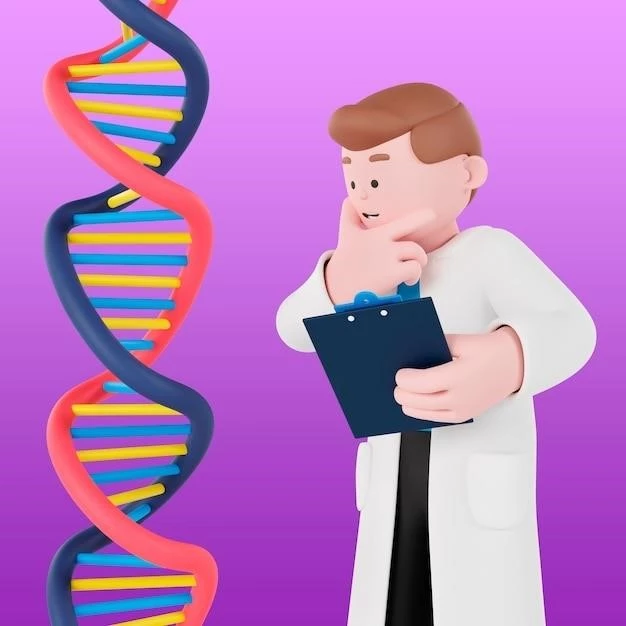Introduction
Zimmermann-Laband syndrome, also known as Labands syndrome, is a very rare genetic disorder characterized by gingival fibromatosis, hypo/aplastic nails, and facial abnormalities.
Overview of Zimmermann–Laband Syndrome
Zimmermann-Laband syndrome (ZLS) is a rare genetic disorder characterized by gingival fibromatosis, hypo/aplastic nails, facial abnormalities, joint hypermobility, and hepatosplenomegaly. This syndrome can impact the quality of life due to its physical and intellectual manifestations. Genetic studies have identified mutations associated with ZLS, allowing for advanced diagnostic methods and potential targeted treatments.
Zimmermann-Laband syndrome is a rare genetic disorder that presents with gingival fibromatosis, facial abnormalities, joint hypermobility, and hepatosplenomegaly, impacting overall health.
Common Symptoms
Common symptoms of Zimmermann-Laband syndrome include gingival fibromatosis, facial abnormalities, joint hypermobility, hepatosplenomegaly, hypo/aplastic nails, and potential intellectual disability, impacting the overall well-being of affected individuals.
Genetics
Zimmermann-Laband syndrome is a rare genetic disorder linked to mutations in various genes, leading to the characteristic clinical features observed in affected individuals.
Genetic Heterogeneity
Zimmermann-Laband syndrome displays genetic heterogeneity, with identified mutations in genes such as KCNH1, KCNN3, and ATP6V1B2 contributing to the syndrome’s manifestations.
Clinical Features
Zimmermann-Laband syndrome is a rare genetic disorder that manifests with gingival fibromatosis, facial abnormalities, joint hypermobility, and hepatosplenomegaly, affecting overall health.
Current Scientific Findings
Scientific studies have identified genetic mutations in various genes such as KCNH1, KCNN3, and ATP6V1B2 associated with Zimmermann-Laband syndrome. These findings have advanced our understanding of the syndrome’s genetic basis and potential targeted treatment approaches.
Management
Management of Zimmermann-Laband syndrome typically involves a multidisciplinary approach focusing on addressing individual symptoms, supportive care, and periodic monitoring to optimize the quality of life for affected individuals.
Treatment Approaches
Treatment for Zimmermann-Laband syndrome typically focuses on addressing individual symptoms through dental intervention for gingival fibromatosis, orthopedic care for joint issues, and supportive therapies to improve quality of life for affected individuals.
Prognosis
Understanding the prognosis of Zimmermann-Laband syndrome is essential for families to make informed decisions for their loved ones. Consulting with healthcare professionals can provide insights into the lifespan and quality of life expectations for affected individuals.
Lifespan and Quality of Life
Understanding the lifespan and quality of life implications of Zimmermann-Laband syndrome is essential for caregivers and families to provide appropriate support and resources to enhance the well-being of affected individuals. Consulting with healthcare professionals and joining support communities can offer valuable guidance and assistance in navigating the challenges associated with the syndrome.
Staying updated on current research and studies related to Zimmermann-Laband syndrome can provide valuable insights into advancements in understanding the condition and potential treatment options. Regularly reviewing scientific findings can aid in the management and care of affected individuals.
Research and Studies
Staying informed about ongoing research and studies related to Zimmermann-Laband syndrome is crucial for understanding the latest developments in the field. Regularly reviewing scientific findings can provide valuable insights into the genetic basis, diagnostic approaches, and potential treatment advancements for this rare genetic disorder.
Case Studies
Exploring reported cases of Zimmermann-Laband syndrome can provide valuable insights into the experiences and challenges faced by individuals living with this rare genetic disorder. Understanding these cases can offer unique perspectives on the management and care of affected individuals.
Reported Cases of Zimmermann–Laband Syndrome
Examining reported cases of Zimmermann-Laband syndrome can provide valuable insights into the clinical manifestations, diagnostic challenges, and treatment approaches used to manage this rare genetic disorder. Understanding these cases can aid healthcare professionals in offering tailored care for affected individuals.
Understanding associated conditions with Zimmermann-Laband syndrome is crucial for comprehensive care. Explore related syndromes to enhance caregiving and management strategies.
Related Syndromes and Disorders
Exploring related syndromes and disorders associated with Zimmermann-Laband syndrome can provide valuable insights into overlapping clinical features, differential diagnoses, and potential genetic associations. Understanding these related conditions can enhance the diagnostic process and guide appropriate management strategies for individuals affected by these rare genetic disorders.
Caregiver Guidance
Advising families on coping strategies and providing support for individuals with Zimmermann-Laband syndrome can help navigate the challenges associated with this rare genetic disorder. It is essential to seek guidance and resources from healthcare professionals and support communities to enhance the well-being of both the individual and the caregivers.

Associated Conditions
Understanding associated conditions linked to Zimmermann-Laband syndrome can aid in comprehensive care. Exploring related syndromes and disorders can offer valuable insights for caregivers on managing this rare genetic disorder effectively.
Accessing support resources for Zimmermann-Laband syndrome can offer valuable assistance in navigating the challenges associated with this rare genetic disorder. Connecting with organizations and communities dedicated to rare diseases can provide guidance and emotional support for caregivers and affected individuals.
Organizations and Communities
Connecting with organizations and communities dedicated to rare diseases like Zimmermann-Laband syndrome can provide valuable support and resources for caregivers, offering a sense of community and guidance in navigating the complexities of the disorder. These platforms can offer emotional support, educational materials, and opportunities to connect with others facing similar challenges, fostering a supportive network for individuals and families affected by this rare genetic condition.
Prevention
For Zimmermann-Laband syndrome, genetic counseling plays a crucial role in family planning decisions to understand the risk factors and potential outcomes. Consulting with genetic professionals can provide valuable guidance on preventive strategies and family planning options.
Support Resources
Accessing support resources for Zimmermann-Laband syndrome can offer valuable assistance in navigating the challenges associated with this rare genetic disorder. Connecting with organizations and communities dedicated to rare diseases can provide guidance and emotional support for caregivers and affected individuals.

Future Directions
Looking ahead, advancements in research and treatment for Zimmermann-Laband syndrome hold promise for improved diagnostic methods and potentially targeted therapies. Stay informed about emerging developments to enhance the management and care of individuals with this rare genetic disorder.
Advancements in Research and Treatment
Ongoing advancements in research and treatment for Zimmermann-Laband syndrome offer hope for improved diagnostic methods and potential targeted therapies. Staying informed about emerging developments can help enhance the management and care of individuals affected by this rare genetic disorder.
